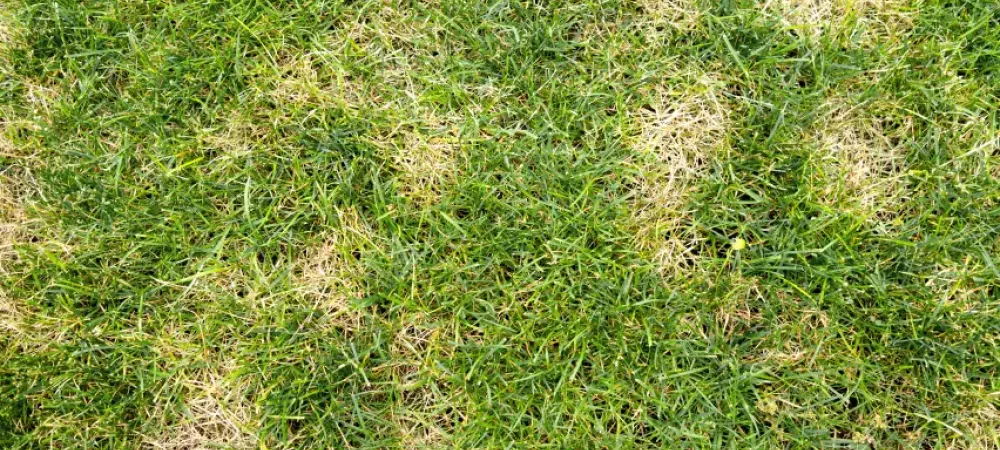How to Deal with Spring Dead Spot in Bermudagrass

One of the most noticeable and destructive diseases of bermudagrass is known as Spring Dead Spot (SDS). The disease was first described in a publication in Oklahoma in 1960. It is thought to have been present in Oklahoma since 1936. Since that time, Spring Dead Spot has been observed in most states where bermudagrass is grown. The prevalence and severity of the disease has been increasing for several years and it may be the most destructive disease of bermudagrass in some states. In Texas, Spring Dead Spot has been observed in all areas except extreme South Texas. The disease has been particularly severe in North Texas and the Texas Panhandle.
What Causes Spring Dead Spot?
In North America, three fungi have been shown to cause Spring Dead Spot. Those fungi's are:
- Leptosphaeria korrae
- Ophiosphaerella herpotricha
- Gaeumannomyces graminis var. graminis
What Does Spring Dead Spot Do To My Grass?
The symptoms of Spring Dead Spot are small circular dead areas of bermuda-grass 6 inches to several feet in diameter in the spring as bermudagrass resumes growth from winter dormancy. The bermudagrass roots and stolons in affected spots appear dark and rotted. The grass recovers very slowly during the summer months from stolons creeping in from the border of affected areas. Bermudagrass stolons that grow into the affected areas usually produce short, stubby roots. In Texas, it is usually mid-summer before the affected areas are covered by bermudagrass, and the areas are visible throughout the summer because of thin turf and weeds. The disease develops again the following year in the same areas. The spots enlarge each year and after 2 to 3 years may develop into circular areas where bermudagrass survives in the center. At this stage, the symptoms can be confused with those of fairy ring.
What Type of Grass is Susceptible to Spring Dead Spot?
All varieties of bermudagrass are susceptible to Spring Dead Spot. Hybrid bermudagrasses such as Tifgreen appear to be the most commonly affected. The disease does not usually develop until 3 to 4 years after establishment and may be associated with moderately thatchy turf.
How Do You Control Spring Dead Spot?
In California and Australia the disease has been controlled by repeated applications of fungicides such as Banner, Tersan 1991, and Rubigan. The applications must begin in late summer or early autumn when the fungus is thought to be the active. Judicious use of nitrogen fertilizer helps to reduce disease severity. Ammonium-based nitrogen fertilizer combined with potassium helps reduce Spring Dead Spot over time
